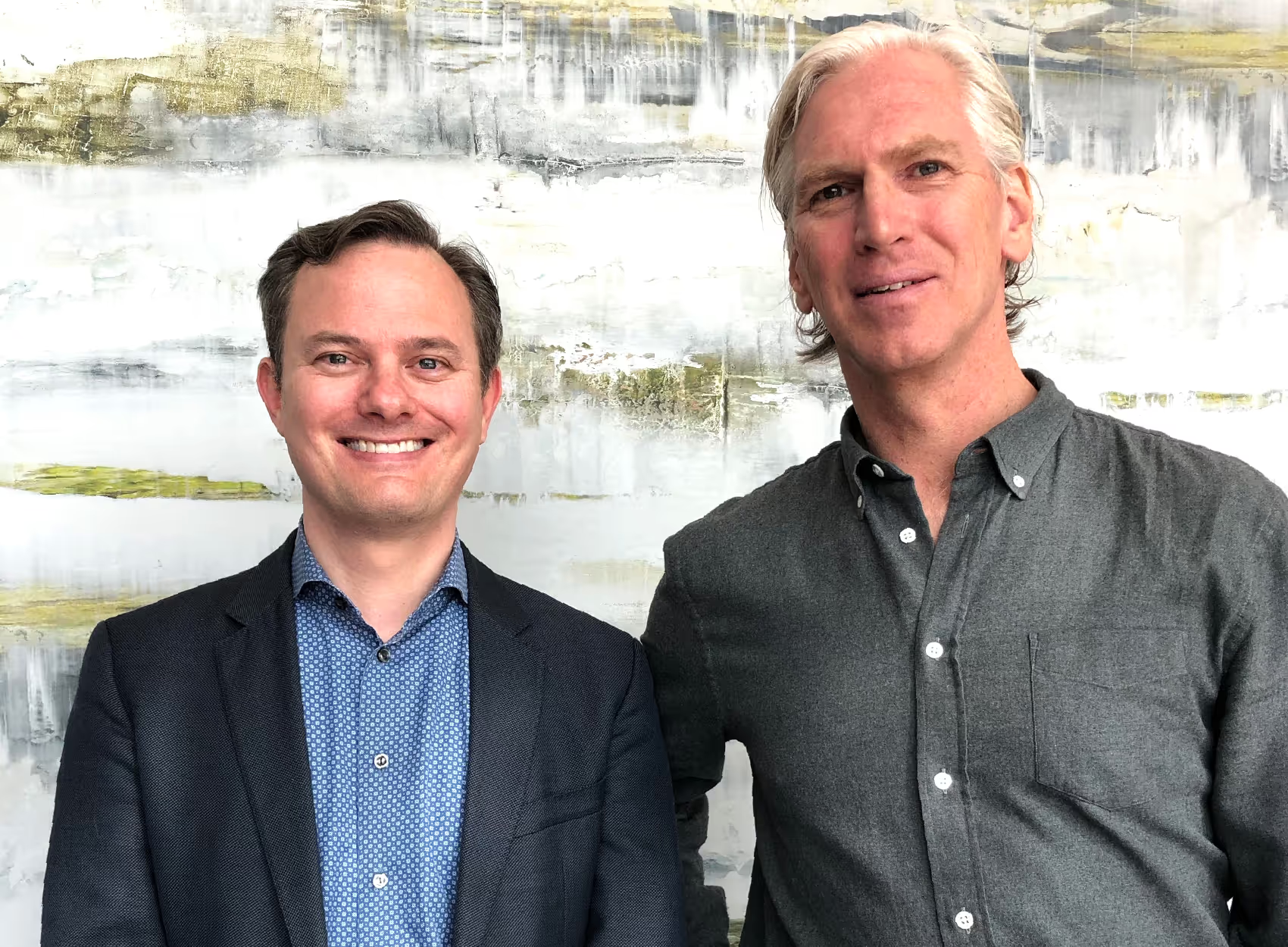Spotlight on Product Leadership with Celonis’s Anthony Deighton

For any technology company, the strategy and process behind product development is perhaps the defining success factor. Every product team must walk fine lines: between what is desirable and feasible; between what the customer wants now and what they will need in the future; and between features that may clash with each other, such as security and accessibility.
In our latest Accel Breakfast Series, we were joined by a leading expert in this field, Anthony Deighton. Anthony is CMO at Celonis, an Accel portfolio company and global leader in the fast-growing field of process mining and has two decades of product leadership experience from leading software companies.

He shared his experiences of managing a global product team, differentiating between product strategy and product management, and creating a process to ensure the two can complement each other. His key lessons were:
1. Be clear about what your disruption is – and write it down
Every disruptive business is based on a platform shift – a fundamental trend that is creating the new technological means or customer demand to change an industry. This is the source of your disruptive power: the essence of the change you are trying to bring to market.
You need to be completely clear about what this platform shift is and your relation to it. This can be harder than it sounds. Often it will live in the head of a founder and never be expressed in concrete terms, which is a mistake.
It’s a valuable investment to have the (usually lengthy) meeting it will take to clearly define the platform shift and your company’s position on it, writing it down in the same way as you would a mission and values statement. This will act as the guiding star for all future product decisions.
2. Know the difference between product strategy and product management
When a product team runs into trouble, it will often be because it’s dropped the ball on either product strategy or management, or is failing to distinguish between the two.
Product strategy is about owning the platform shift and identifying your company’s position on it. This will typically be set by a small group of people revolving around the founder or CEO. Strategists don’t respond well to process, so set them free. And, when they talk to customers, their job is more to identify what the customer doesn’t yet know they need, or to find new customer segments which current solutions do not address.
By contrast, product managers have to own and love the product planning process. They are responsible for product planning: taking feedback from within the business and customers, developing the product roadmap, building specs and working with marketing. Where the strategist can focus on the big picture, the manager has to deal with the trade-offs, immediate priorities and feedback from the sales team and customers.
You need both strategists and managers to build a great product over time. Without a clear strategy, you quickly lose your way and tend to focus on sustaining innovations rather than disruptive ones. While without managers, it’s hard to fulfil the potential of even the clearest and most effective strategy. Founders are often biased towards strategy, because that is where the inspiration for the business came from. As a result, the number one mistake in start-ups tends to be the failure to invest enough in developing product management capabilities (people, process, and even technology).
3. Be willing to have arguments
Because your product managers and strategists have competing roles and perspectives, there will often be differences of opinion between them. Usually this is about management saying that market feedback is demanding a certain feature, while strategy argues it’s not aligned with the platform shift and should be ignored.
These arguments should be embraced rather than avoided. You need those contrasting perspectives – the big picture and the small details – to reach the best solution. For instance, while it’s product management’s job to advocate for the customer need, it’s the role of strategy to ask if those are actually the right customers. As a start-up you’re not trying to address the entire market, but the segment that’s relevant to your disruption.
4. Create a framework and trust the process – it will set you free
For those debates to be effective, you need to create a framework and process for them. Ultimately, the objective is to create a stack ranking of features to prioritise. Until your engineering team grows beyond about 40 people, this can and should be done across product and customer segments.
This works best by getting a group together that includes the key product strategists and product managers, and representatives from market facing functions in the business (sales, pre-sales, consulting, etc.). You start with a list of everything you could be working on. Say this has 100 features on it. Everyone then gets 20 votes and 1 veto. This forces people to prioritise, picking the urgent over the important, and creating an overall ranking that will invariably reflect a collective view of the market and business at that time. People are generally pretty good at prioritising the most value-add initiatives, even if it’s not one of their own.
5. Build a product farm, not a factory
Most organizations build a product development process which works as if development is akin to a factory production line. Under this model you become deadline-driven, fitting in as much as possible before the release date. Invariably, this means quality drops off nearer the deadline, and priorities get skewed.
A better model is that of the farm. Here you ship on a frequent and fixed release schedule (farmer’s market days), but you only ship features which meet quality level gates (harvest the crops that are ripe). The delivery dates are still fixed, but the product features you bring to market are not. This ensures you are never shipping something that isn’t yet ready, and any you can always be evaluating if your feature pipeline is in line with market needs and your product strategy.
***
Thank you to Anthony. Read more about our investment in Celonis, and why we believe process mining is such a significant innovation.
Great companies aren't built alone.
Subscribe for tools, learnings, and updates from the Accel community.


